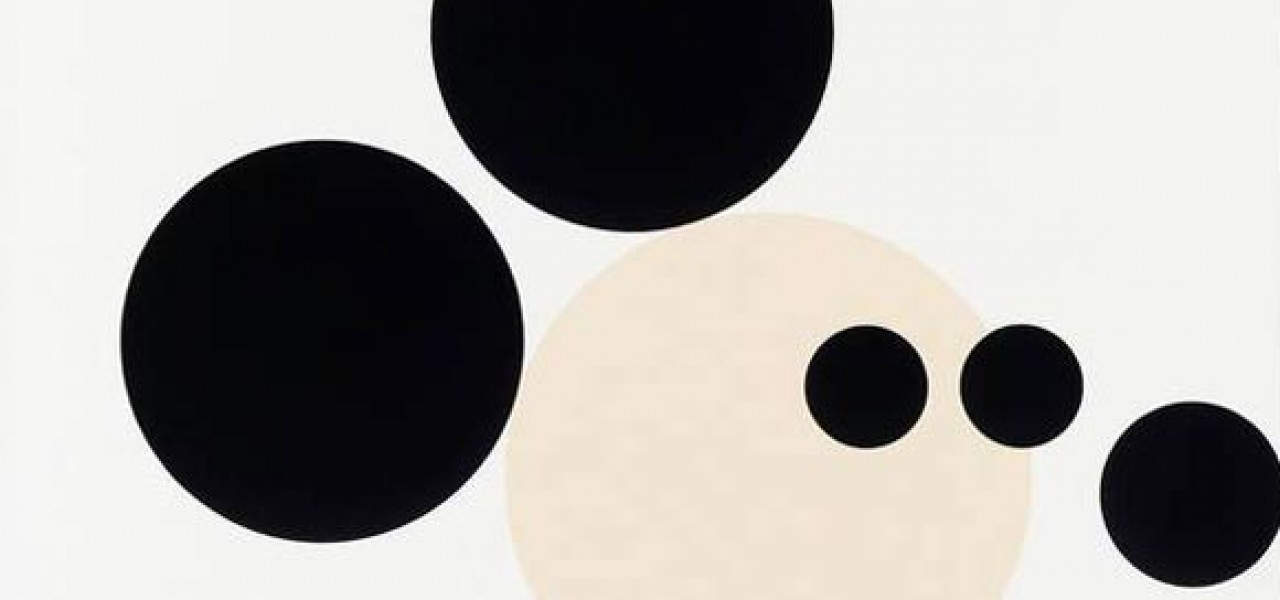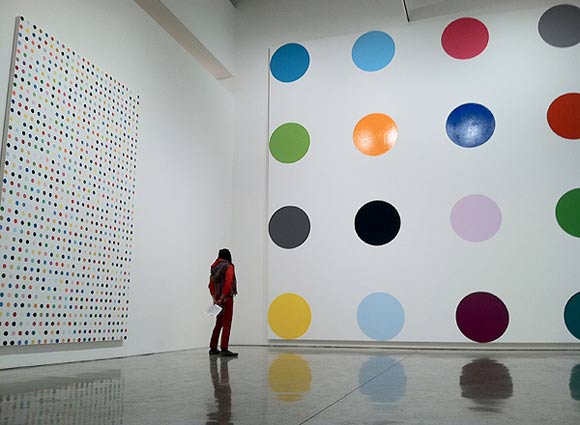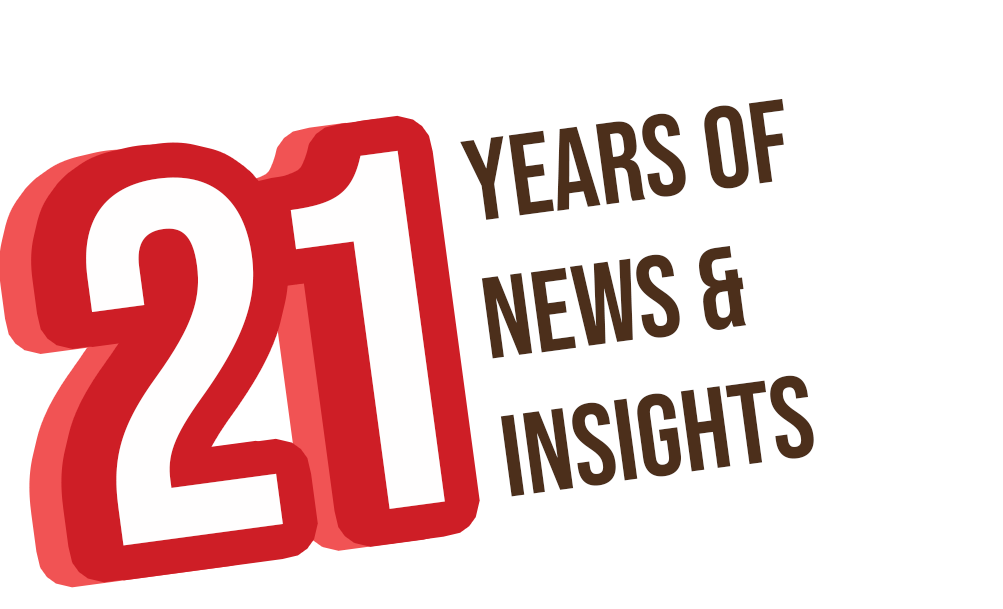

Damien Hirst Meets Mickey Mouse

Mickey Mouse and Damien Hirst are strange bedfellows. Hirst (b. 1965) is a multidisciplinary artist foremost in the group dubbed Young British Artists (YBAs). He burst onto the scene in the 1980s, a very promising maker of paintings, sculptures, and more. He has become extraordinarily successful, which does not necessarily mean that his promise has been fulfilled.
Hirst has never found his Mickey Mouse, that gateway to brand immortality, and his increasingly wide variety of projects—cabinets full of insects or cigarette butts, diamond-encrusted skulls, album covers for Red Hot Chili Peppers and others—show a bit of desperation. No longer able to get by on his youth, he employs a large number of assistants to produce works that cost a great deal but leave an empty taste in the mouth. Hirst is, in his own way, most recognizable and most hated among high-profile artists, much as Mickey Mouse is in terms of animation. The art market, which is all about money, loves Hirst.
Now Hirst has painted the most famous mouse in the world, a painting almost two meters tall by a meter wide, in a style close to that of his Spot paintings—meaning, spots of color on a plain background. Although somewhat resembling a character out of Rolie Polie Olie, Hirst’s Mickey is still easily recognizable. Heck, throw those ears on anything and it’s recognizable as Mickey. His eyes and nose are small black spots, his face reduced to a beige circle, with, oddly, a red spot for lips. When did Mickey start wearing lipstick? Hirst breaks his own rules for spot paintings, which require that no shade of color repeat. Though there is little chance to convey personality in such a style, there is a hint of jauntiness in Mickey’s pose that makes up for it.

Better artists have tackled Mickey Mouse, Roy Lichtenstein and Andy Warhol being the two most famous. There is nothing radical or transgressive in Hirst’s version, with good reason; Disney commissioned the painting, to be auctioned to benefit Kid’s Company, a charity that helps inner-city children and teenagers. Its selling points are Hirst’s name and Mickey’s, which ought to equal a lot of money. Hirst has sold out before, but in this case his motives are good, and the result tarnishes neither his nor Mickey’s reputation.
The painting will be auctioned by Christie’s during their Post-War and Contemporary sale in London in mid-February, though as of this writing details have not been posted on Christie’s website.
Correction: This post misidentified an album cover created by Damien Hirst. He created an album cover for Red Hot Chili Peppers, not Lady Gaga.

.png)